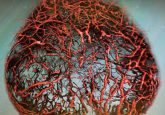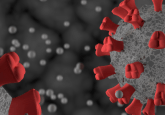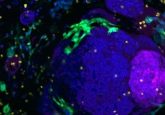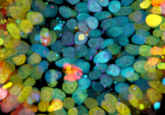Modeling evolutionary history with ‘Neanderthalized’ brain organoids

New organoid methods coupled with genomic studies have allowed for the creation of Neanderthalized brain organoids for the study of evolutionary history.
As a species, we are fascinated by what makes us special. The desire to identify what makes us unique on an individual level is perhaps reflected in our drive to understand why Homo sapiens have flourished, while other hominids have become extinct. However, the ability to fully explore what separates us from our closest extinct relatives, Denisovans and Neanderthals, has been hampered by the lack of a physical record of their brains – until now.
The significant size and increase in cognitive ability of our brains compared to other mammals have long been attributed as the key distinguishing factors that allow us to exist as the dominant species on Earth. It is natural then, to assume that the brain is a good place to start looking for the key difference that separated us from Denisovans and Neanderthals. Brains do not fossilize, however, meaning that one of the two main tools used for evolutionary studies – genetics and fossil analysis – is not available.
To provide a physical model with which we could finally begin to explore the differences between human, Denisovan and Neanderthal brains, a team of researchers led by Alysson Muotri (University of California San Diego, CA, USA) set out to create brain organoids that are reflective of these species’ brains.
The team compared the genomes of diverse human populations with genomes of Denisovans and Neanderthals, logging the differences between them. 61 genes were identified with differences in the genomes of Denisovans and Neanderthals. An alteration in NOVA1 was identified as being particularly significant as the gene regulates many other genes during early brain development.
Muotri is an expert in the development of brain organoids, with previous experience in creating models to compare human and other primate brains. Muotri has even constructed brain organoids that exhibit the coordinated electrical behavior commonly referred to as brain waves. With this experience behind him, Muotri used CRISPR to manipulate human stem cells that contained the NOVA1 alteration present in Neanderthals, leading to the establishment of Neanderthalized brain organoids.
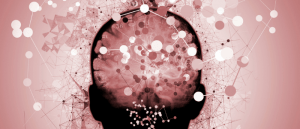 New role for serotonin identified in the evolution of the developing brain
New role for serotonin identified in the evolution of the developing brain
Over the course of human evolution, the brain – in particular the neocortex – grew larger than our primate relatives, enabling us to think, speak and dream.
Comparing the Neanderthalized brain organoids to their human counterparts, the team observed several distinct differences. The two models developed into visually distinct shapes with alternative mechanisms of cell proliferation, differentially formed synapses and synaptic proteins. Electrical activity in the Neanderthalized brain was found to be higher earlier in development, but less synchronized than human brains. These differences supposedly reflect those found in nonhuman primates that allow their young to learn key skills much faster than human children.
Next, Muotri and his team will study the impacts of the remaining genetic alterations identified. “This study focused on only one gene that differed between modern humans and our extinct relatives. Next, we want to take a look at the other 60 genes, and what happens when each, or a combination of two or more, are altered,” he explained.
Excited by the prospect of his work, Muotri declared its novelty: “the ability to apply the comparative approach of modern humans to other extinct hominins, such as Neanderthals and Denisovans, using brain organoids carrying ancestral genetic variants is an entirely new field of study.”
Katerina Semendeferi, who has partnered with Muotri to take this study to the next stage, defined the approach as ‘neuro-archealization’ and outlined the pair’s intention to “create downstream hypotheses about [the] brain function of our extinct relatives.”
Interested in neuroscience? Visit our sister site Neuro Central for more >>>>
